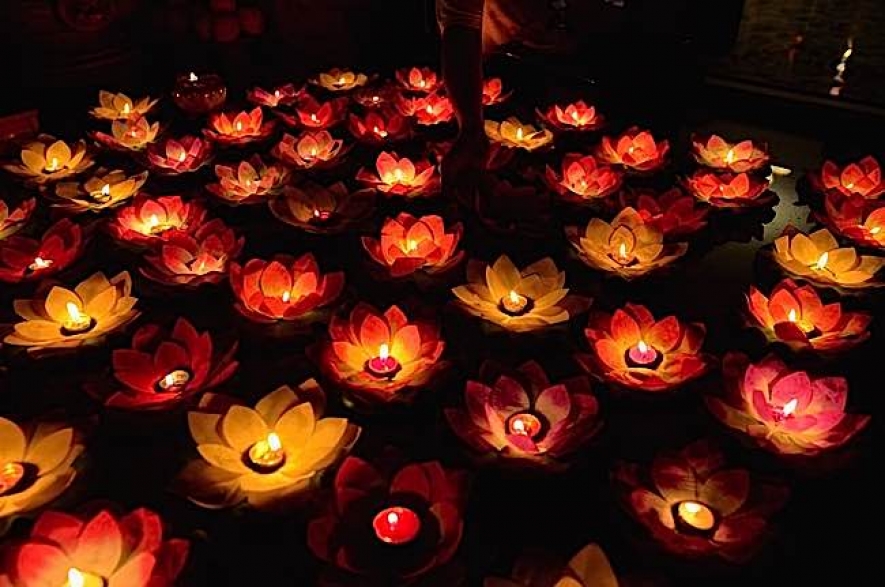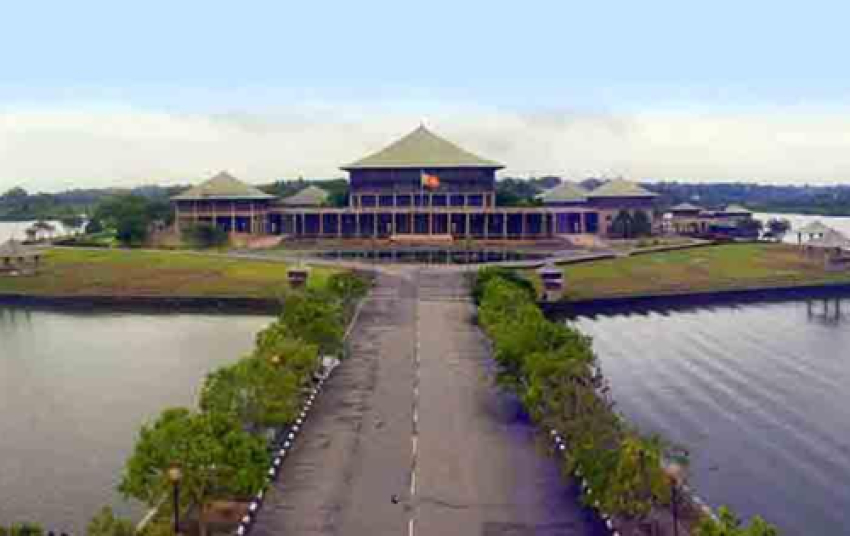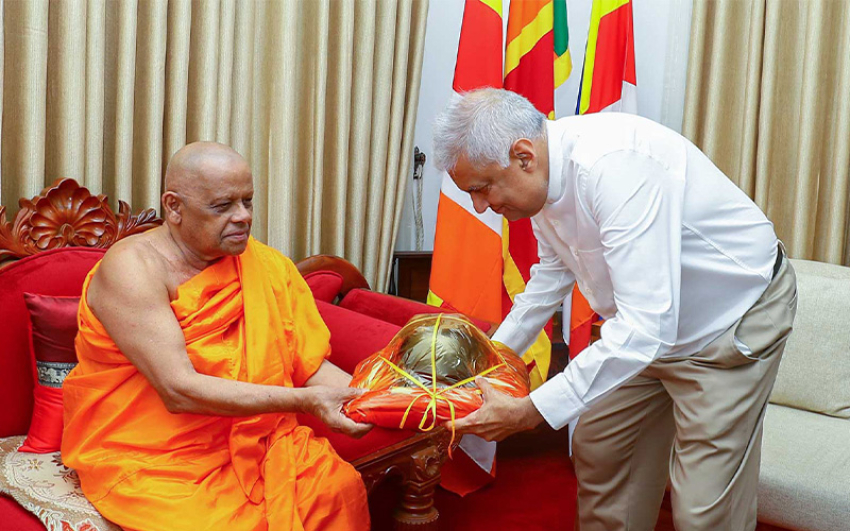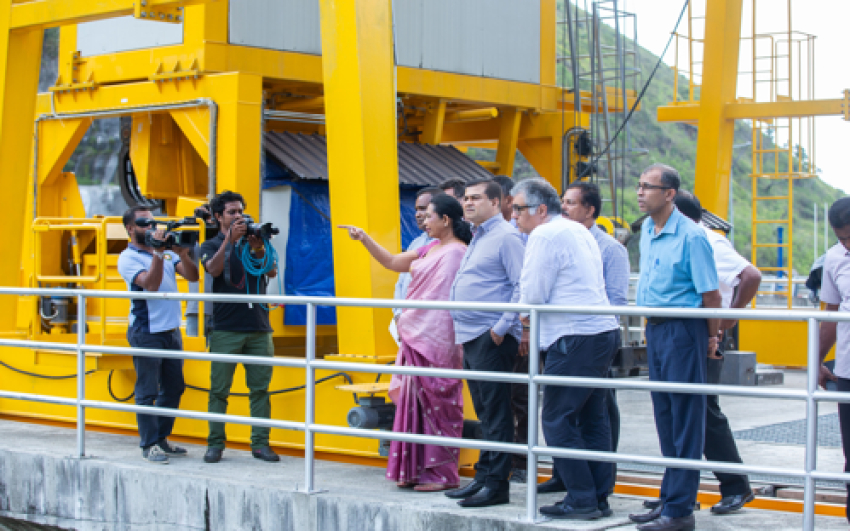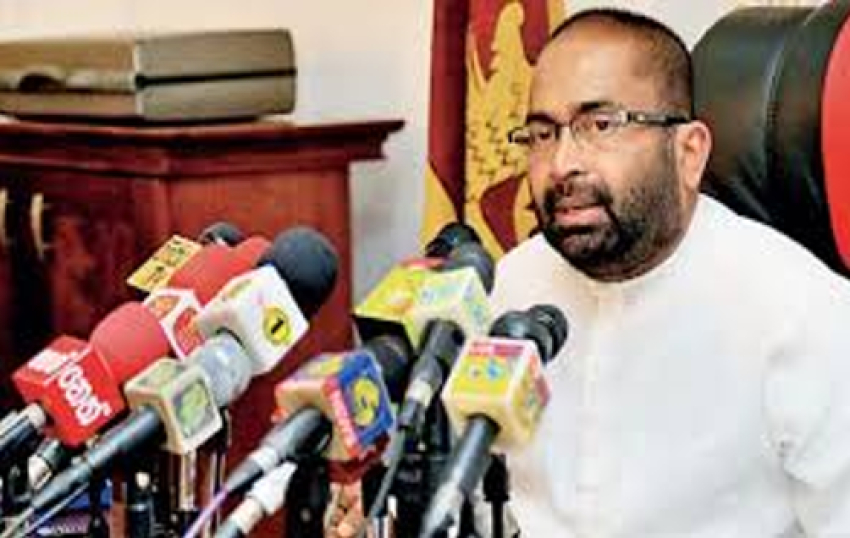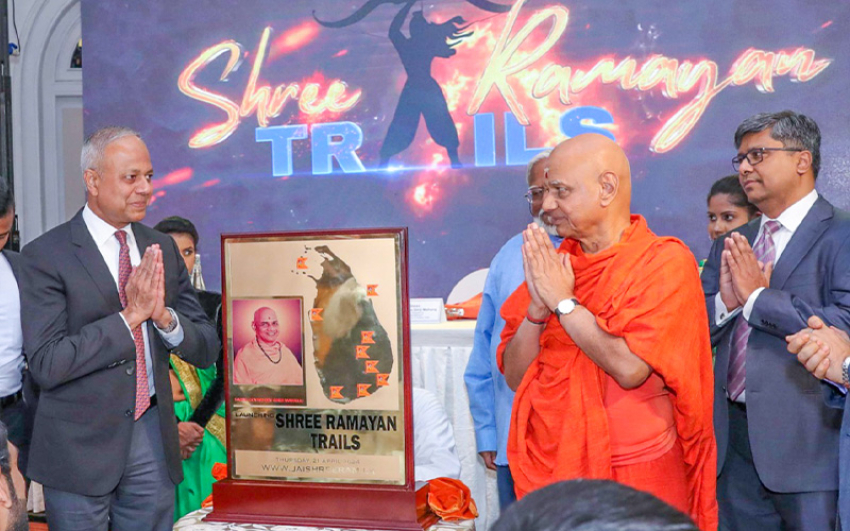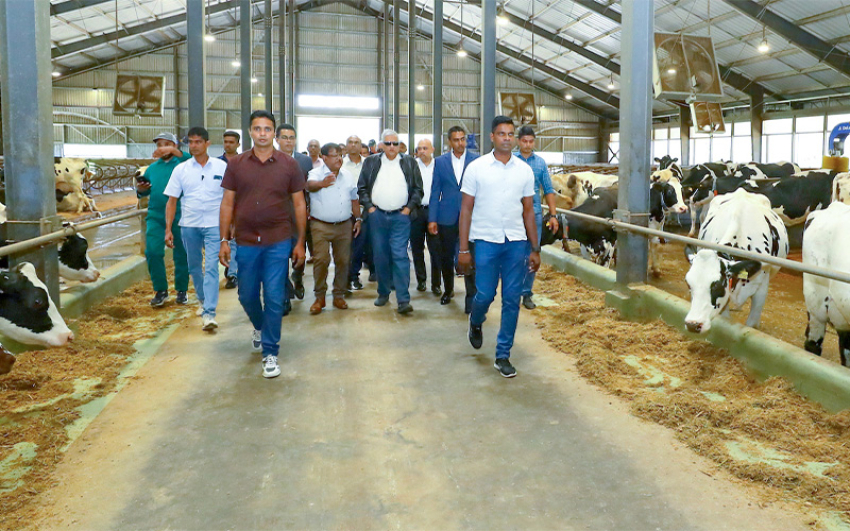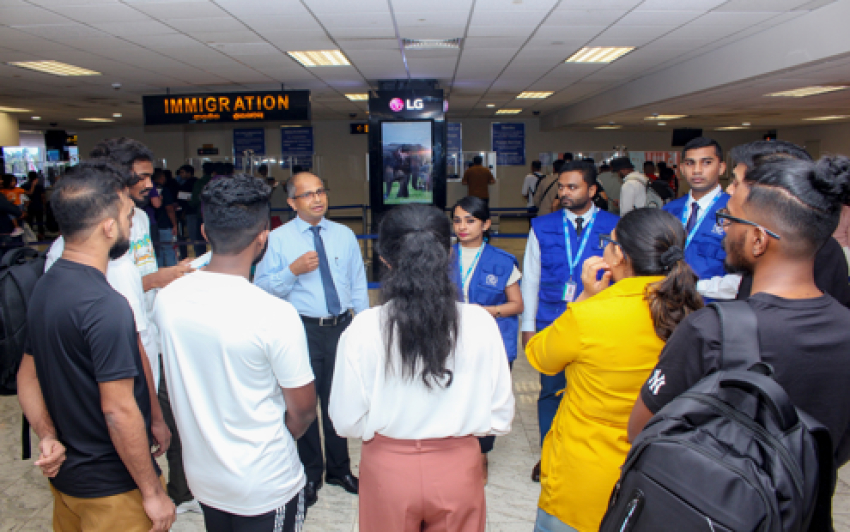The supremely enlightened Buddha, occupies an unparalleled status, in the long history of the spiritual evolution of mankind, spanning several centuries. Vesak celebrations themselves, possess a surprising uniqueness. On this specific day mankind commemorates three transcendental events that took place in the noble life of the supreme Buddha. On the Vesak Day, with profound fervor, the devotees remember the Birth, Enlightenment and the Great Demise of the Supreme Buddha. This remarkable phenomenon is not present in any other religious tradition of mankind. Due to this strange occurrence, the Vesak Day has been given the sobriquet, “The Day of the three auspicious events” (In Sinhala- ‘te-magul dina.’) There are other impressive implications in this situation.
At Vesak we have the world’s oldest Birthday celebration. When the Buddhists celebrate the attainment of supreme Enlightenment by Ascetic Siddhartha they set up yet another unique spiritual record. This is the only occasion, when the devotees of any religious system of mankind celebrate the moment of supreme spiritual transformation within a Religious Leader.
The third event is the Great Demise of the Enlightened Buddha on a Vesak Day. There could very well be those, who will tend to be fairly sceptic about fervent devotees rejoicing on the day their spiritual leader departed. The usual response to such an eventuality would certainly be, lamentation, wailing and weeping. But the moment of the Buddha’s Great demise is a time for spiritually inspired rejoicing, because the Great Demise completes the full and total attainment of Eternal Bliss, by the supremely Enlightened Buddha.
In the course of time, Vesak celebrations have ramified into two distinct streams. On the one hand, we have moral observances, which, at times, could lead even to austere religious practices. And, then on the other hand, Vesak brings in lavish rejoicing, that borders very much on the worldly and the secular, imparting to it a spectacular “Carnival” aspect, at times. At Vesak, during our rural childhood, we were given papier-mache masks to wear, when we went about sight-seeing. These masks imported from China, in those far-off days, enabled us to imbibe the Vesak spirit.
Before moving on to more profound facets of the Vesak festival, it is essential to dwell on the spectacular elements of this event. From early on, the recital of devotional songs, had been part of the Vesak agenda. Today, we have elaborately organized “Devotional Song” recitals. Singing groups travel around in vehicles, entertaining devotees with their performance. Long years ago, in some areas of the South, these itinerant musical groups were described as carol singers. The expression ‘carol’ was introduced to Sinhala in association with the name given to Christian chanting, perhaps. During the Vesak season, in some villages, amateur theatrical events take place. The non-professional actors participate in these from various vocations. Occasionally, these tend to yield, totally unexpected hilarious results.
An exceptionally impressive outcome of this Vesak festival is the impetus it gives to spiritual creativity. On one occasion, while judging a Vesak competition, I was overwhelmingly surprised to come upon a Buddha Image “Sculpted” entirely out of empty water-bottles. Today, Vesak decorations activated by power sources are almost the norm. Even digital systems currently assist those imaginative devotees who produce religious creations. The Vesak Lantern – a perennial item in Vesak decorations – has undergone a massive change. Imaginatively created multi-item Vesak Lanterns, continue to be viewed even weeks after formal Vesak. The Pandal, is always a pilgrim-magnet. Some decades ago, Ambalangoda was the best-known venue for those lured by Pandals. Devotees trekked to that southern city in huge groups, to view Vesak decorations.
Sri Lanka’s celebration of the sacred Vesak festival will not at all be complete without the ‘Open House’ (Dansela). In ancient times the “Open House” was a highly pragmatic social necessity. The pilgrims who set out on foot, to reach the Religious Place” they were going to, needed rest and nourishment on the way. Generous people provided open-house facilities for them, at various stages of the pilgrimage, to enable them to quenchtheir thirst, sate their hunger and give a momentary rest to their weary limbs.But, in today’s Vesak Festivals the open-house in an entirely different phenomenon. Groups and Individuals propelled by the urge to “give” resort to highly impressive methods to conduct open houses.Some are elaborate replicas of prestigious eating houses. Formal waiters attend no clients. The menu is quite satisfying.
Some have other interesting preferences. In recent years one could see fried-rice dansal. “Open House” arrangements to serve, kottu, hoppers, string hoppers, rice-and-curry meal is almost the given.But, take some other exorbitant variations. You have manioc-places, boiled jack is the specialty in some others. Some serve soups. Ice-cream is more-or-less the norm.
But one can always understand such preferences. Several years ago, a few young people thought of options. One set up a free station to give air to motor vehicles tyres. There was another ready to provide hairdressing services, free to both men and women. One cannot imagine just what they would conjecture next.
With all that, one cannot help but feel , that, in the current Vesak Season, there is a perfectly perceptible Vesak lethargy. When you look around, you cannot detect many signs of Vesak enthusiasm, this time around. Some tend to attribute this state of mind to a “Calendar” fault. As things are, the Calendar has assigned the Vesak status to the Full Moon Day occurring on April 29, 2018. To the mass mind in Sri Lanka this seems unacceptable. The folk belief is that Vesak Full Moon Day occurs only in May. Some prestigious Buddhist prelates too have expressed their hesitation about accepting the April Full Moon Day, as the formal Vesak Day. But, objectively, there has been an exceptionally prestigious Buddhist Development.
The world held the first and the inaugural Annual International Buddhist Day, on April 8, in Japan. The 8th of April, has been designated the International Buddhist Day.The inaugural ceremony was held on April 8, 2018, at the Royal Grand Hall of Buddhism, at the Nenbutsushu Muryojuji Head Temple in Kaho City, Japan. The formal declaration relating to the setting up of this was presented to the world at the Seventh Buddhist Summit held in Colombo. The organizers are certain the establishment of an Annual International Buddhist Day will ensure the unity of the 520 million Buddhists in the world, living in 47 countries across the five Continents. The Sri Lankan Buddhist Prelate Ven. Weragoda Sarada Maha Thera is the Secretary-General of the World Buddhist Supreme Conference.
While we celebrate Vesak, it is quite essential to be fully aware that, we should direct the young people of this land, to follow the Timeless Teachings of the Supreme Buddha, in their daily lives. We possess a Buddhist heritage of 23 centuries, but we have not yet fully learned the way we should make that vast spiritual treasure the spirit of our lives.
In worldly and materialistic United Sates of America, today, the Mindfulness-based Stress Reduction Meditation System, has sensationally enriched the lives of many. The path they follow is the way presented by the Supreme Buddha in Satipattana Sutta. (Mindfulness Discourse). Our inescapable Vesak resolution is to seek the Buddha word afresh and enlighten our lives.

